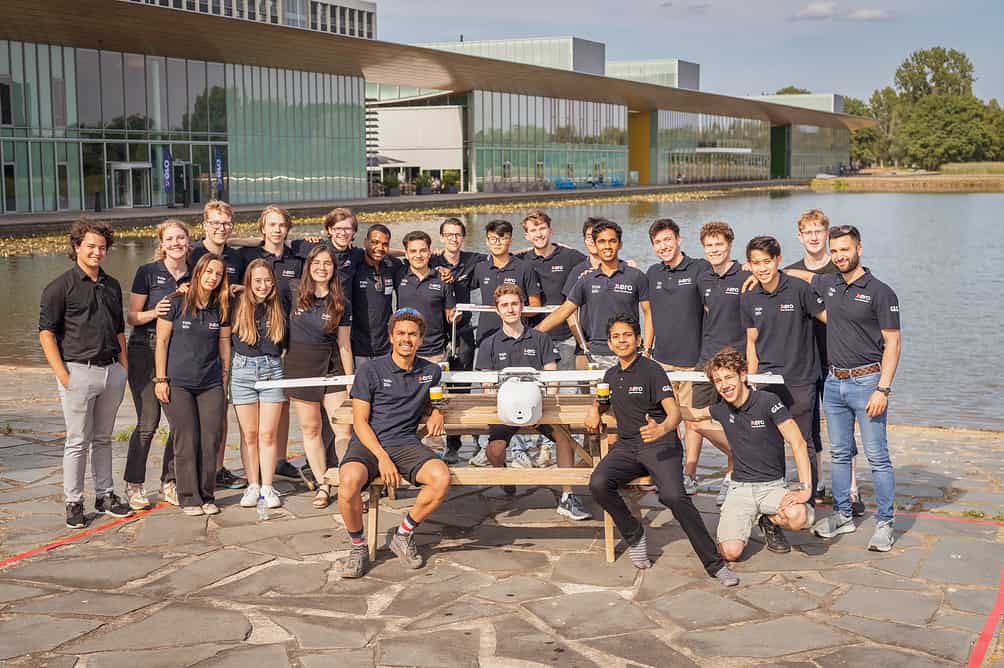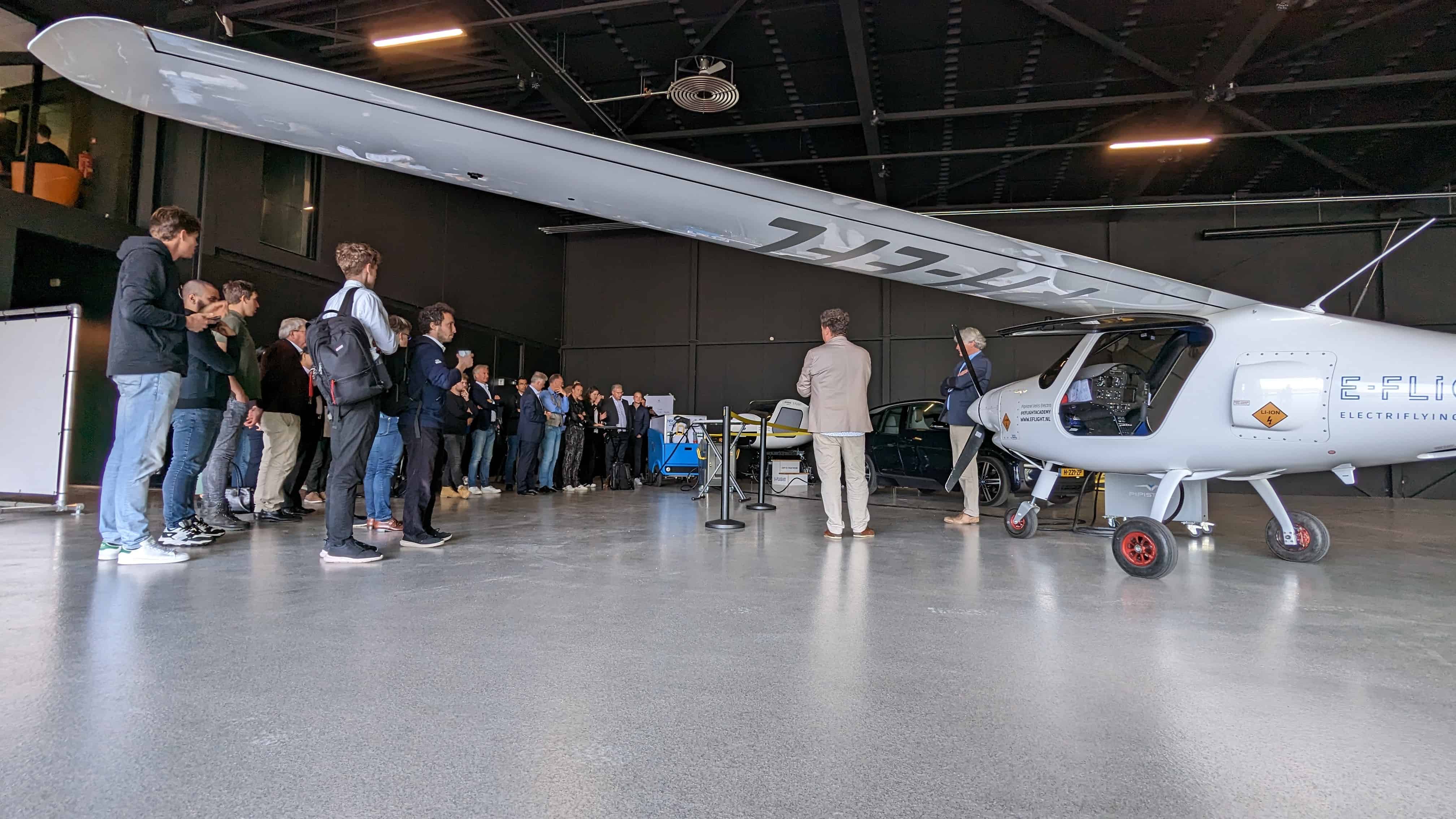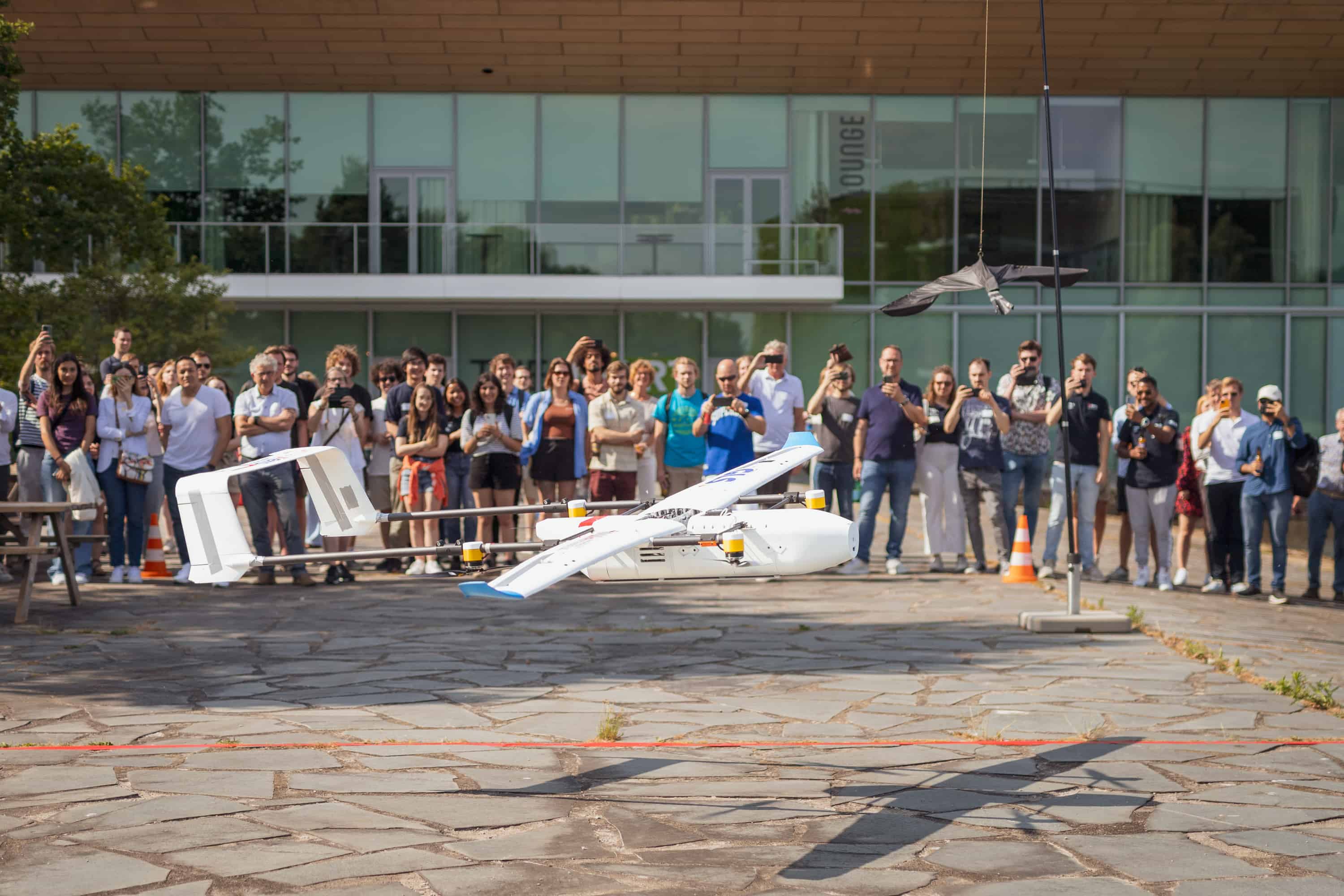
“When we founded Aero Team Eindhoven two years ago, one thing was clear: we wanted to create something that had never been done before and change how we view drones forever.” With these words, Omar Raafat, HR manager at Aero, opened the event the TU/e student team has been working toward all year. On a sun-drenched High Tech Campus in Eindhoven, Aegle, accompanied by a pilot, backup pilot, and two spotters, made his first flight meters. It was exciting because the drone was still not flying last week, and the official legal approval had not yet arrived.
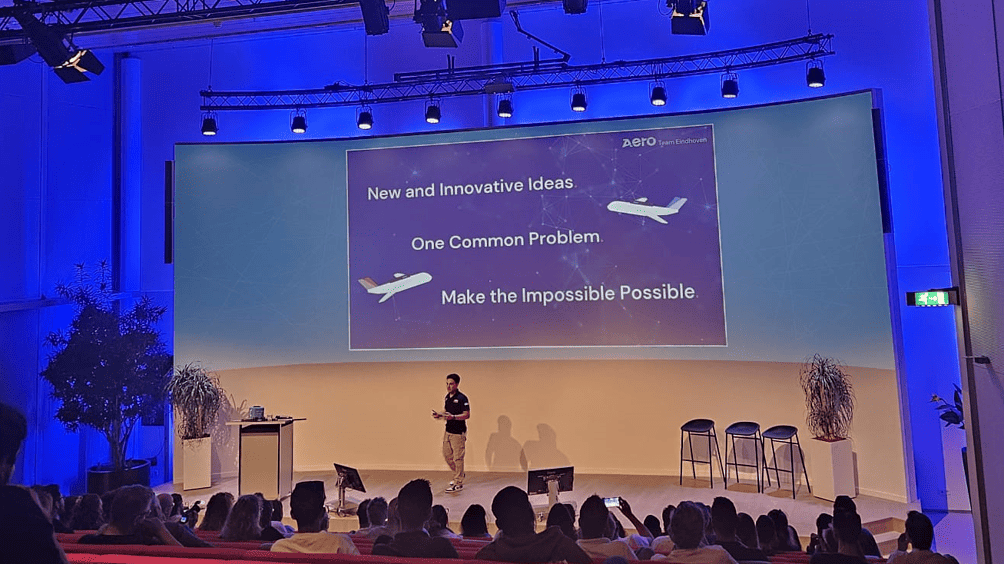
- Aero Team Eindhoven today presented Aegle, a fixed-wing drone with stability as its primary focus.
- The team is developing transport drones with an in-air battery swap system and is building a smaller drone called Spaerow for swapping batteries in the air.
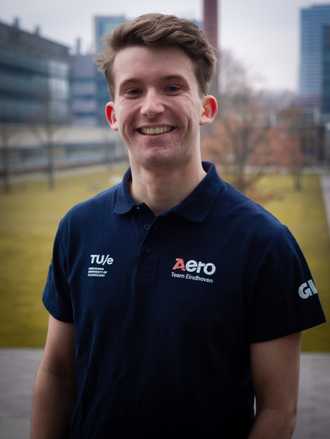
Stability as priority
The Aegle can fly for an hour at a maximum speed of about eighty kilometers. Although the student team’s priority last year was elsewhere, says team manager Bram Schut. “Stability is most important because eventually, a smaller drone has to be able to land on it to change the battery.”
Aegle features fixed wings and rotors. With those rotors, it takes off, then switches to the wings. “Because the drone hovers over the air, it needs much less energy to fly long distances,” Schut explained. This is the first time Aero has made a fixed-wing drone, which meant it required a lot of aerospace knowledge – an education not in Eindhoven. The student team, therefore, got a lot of help from former aerodynamics students who now work in Eindhoven, regularly called professors from TU Delft, and the drone team from the University of Twente stopped by for a crash course in aerodynamics.

Highway for drones
Next year, construction of the Spaerow is planned; a smaller drone is responsible for changing batteries in the air. The combination of these two drones should be a godsend for distribution centers. Leading partner, GLS, now flies between distribution centers with drones, but they still need to stay in the air longer. In addition, cargo drones are often large, requiring a landing strip or flying in a net. It is now inconvenient and time-consuming to change batteries.
Aero’s solution is installing highways between distribution centers. If a drone runs out of battery halfway through, several charging stations are along the route. From there, small drones fly to the cargo drone with a new, full battery. There they clip on, swapping the battery in mid-air: in-air battery swap.
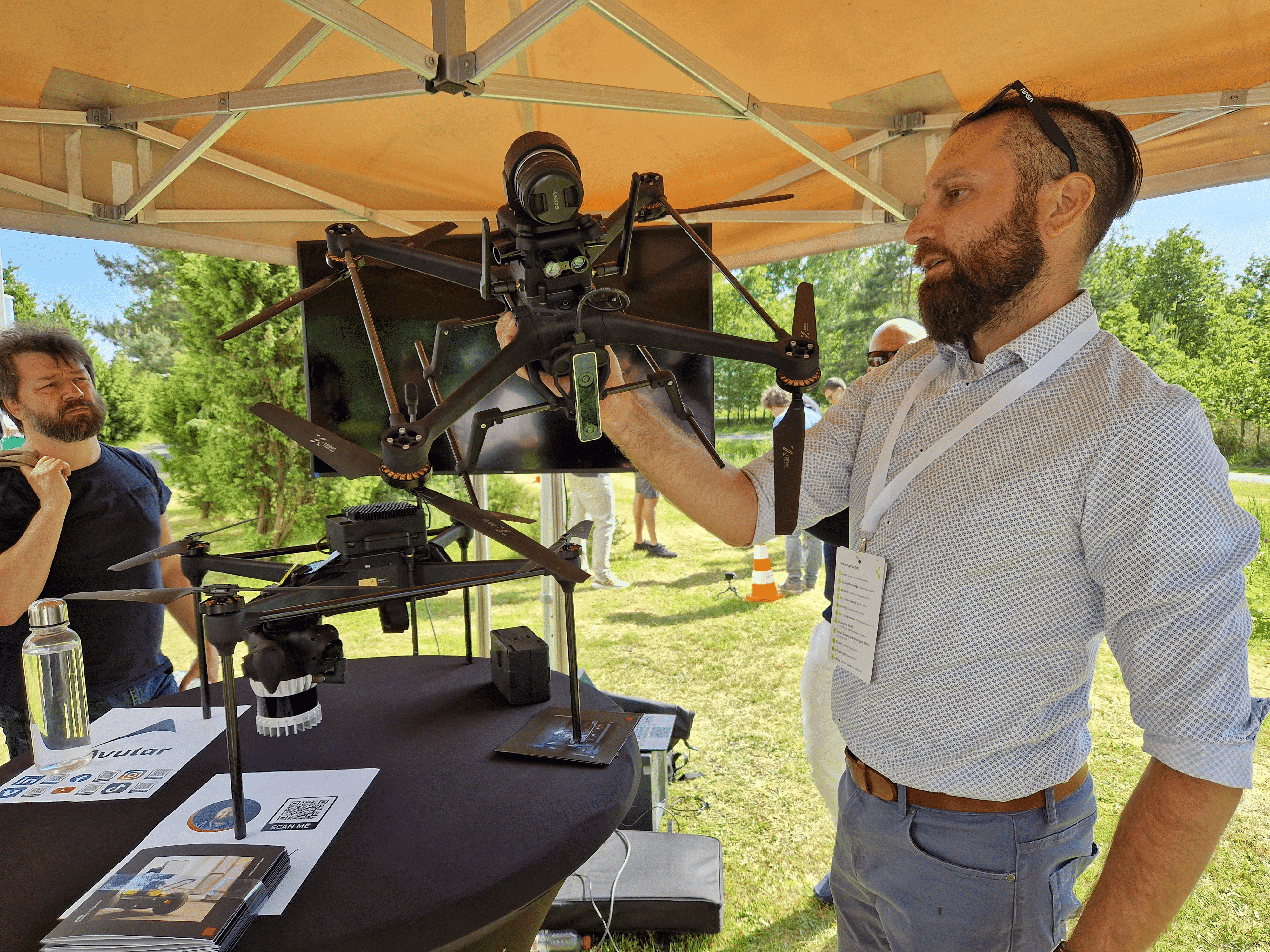
Diverse team
Aero Team Eindhoven is a diverse team of university and college students. Next year they will be joined by Summa MBO students and a student from a technical university in Paris. Schut: “University students sometimes stay too long in theory. Then it would help if you had people who say: let’s build the drone and see how it flies. That way, you end up with faster results.”
The student team also presented today a Virtual Reality environment it developed for the VR-Experience consortium (HTC, Fontys, ROC, and Stadslab) investigating which places in Eindhoven have room to fly drones. The approach is to find out to what height drones are tolerable. “We want to know how people react to more drone traffic. Hopefully, this way, we can eventually soften the regulations because the rules are stringent now. That makes testing very complicated for us, and many companies that want to do more with drones also run into this.”
Schut is pleased with everything the team has accomplished this year. “We designed a drone from nothing within six months. Of course, many improvements are still possible. For example, today, we are not yet flying at full speed horizontally ahead because we have not been able to test that yet. Although this team will soon gradually hand over the baton to the new team, we are far from finished. After this event, we will do a lot more testing.”
